Wire Harness in Self-driving Car
-
 @
Mark Ji
@
Mark Ji
- Last updated
Table of Contents
Status quo of autopilot technology
Autopilot technology, also known as autonomous driving or self-driving, is the ability of a vehicle to operate without human intervention, using sensors, cameras, radars, lidars, and artificial intelligence to perceive the environment and make decisions. Autopilot technology can improve the safety, efficiency, and convenience of transportation, as well as reduce the environmental impact and cost of mobility.
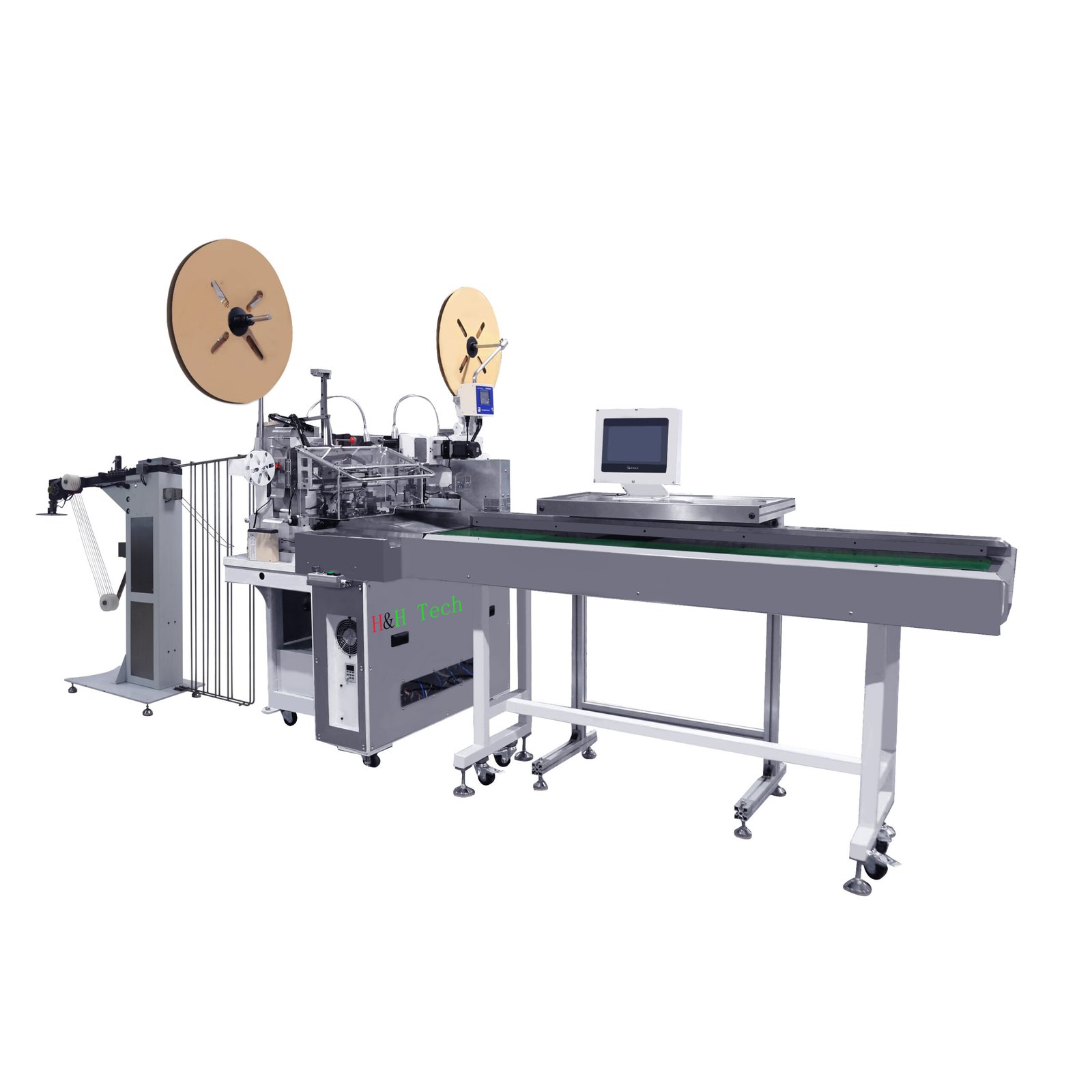
Autopilot technology is not yet fully mature and widely available, but it is developing rapidly and steadily. According to the Society of Automotive Engineers (SAE), there are six levels of automation, from level 0 (no automation) to level 5 (full automation). Currently, most vehicles on the road are at level 1 (driver assistance) or level 2 (partial automation), which means that the driver still has to monitor and control the vehicle, while the system can assist with some functions, such as steering, braking, or accelerating. Some vehicles, such as Tesla, have reached level 3 (conditional automation), which means that the system can take over the driving under certain conditions, such as highways, but the driver still has to be ready to intervene when needed. A few vehicles, such as Waymo, have achieved level 4 (high automation), which means that the system can handle the driving in most situations, such as urban areas, but the driver still has the option to take over. No vehicle has yet reached level 5 (full automation), which means that the system can handle the driving in all situations, without any human input or supervision.
Working principle of wire harness for autopilot
Wire harness, also known as wiring harness or cable assembly, is a system of wires, connectors, terminals, and other components that transmit electrical signals and power throughout the vehicle. Wire harness is essential for the operation and communication of various devices and systems in the vehicle, such as the engine, the battery, the dashboard, the lights, the speakers, and the sensors.
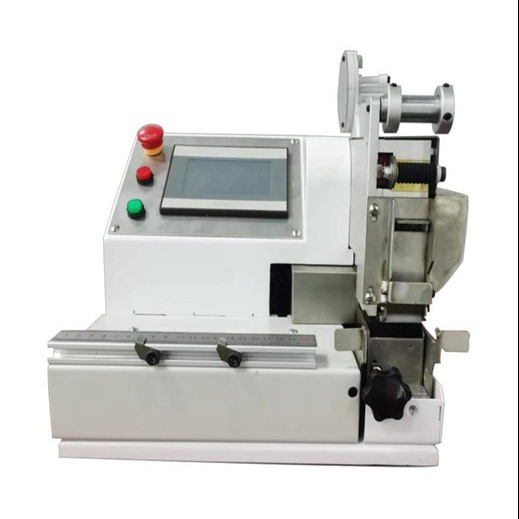
Wire harness for autopilot is a special type of wire harness that is designed and optimized for the specific needs and challenges of autonomous driving. Wire harness for autopilot has to handle more data, more power, and more complexity than conventional wire harness, as well as to ensure high reliability, safety, and performance under various environmental conditions.
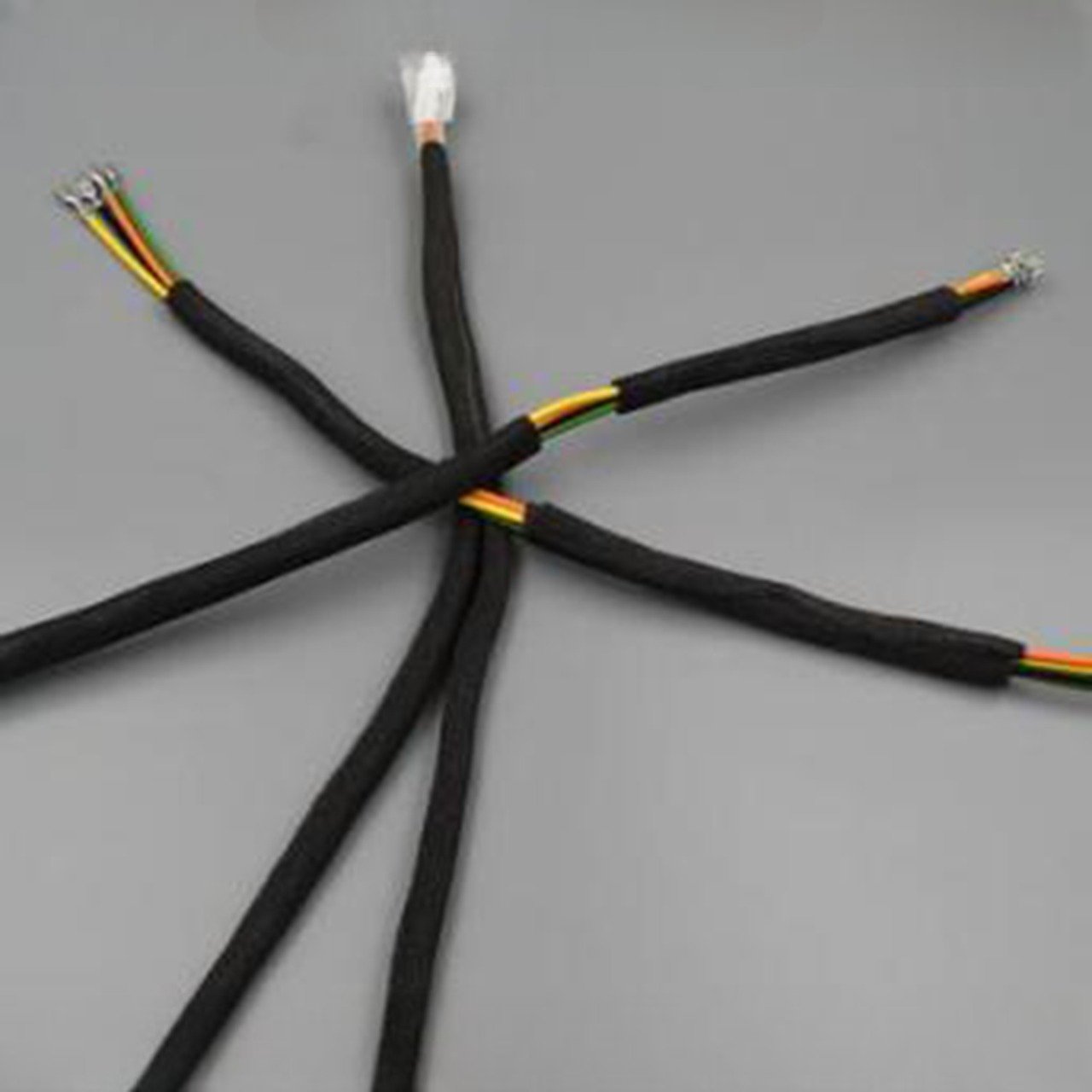
Wire harness for autopilot works by connecting the various components and modules of the autopilot system, such as the sensors, the cameras, the radars, the lidars, the actuators, the controllers, and the computers. The wire harness for autopilot carries the electrical signals and power from the sensors to the computers, where the artificial intelligence processes the information and makes decisions. The wire harness for autopilot also carries the electrical signals and power from the computers to the actuators, where the commands are executed and the vehicle is controlled.
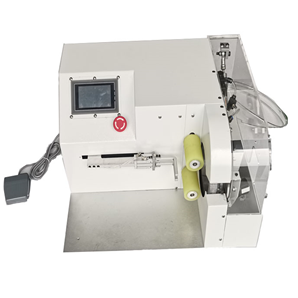
Layout of autopilot wire harness in the whole vehicle
The layout of the autopilot wire harness in the whole vehicle depends on the type and level of automation, as well as the configuration and architecture of the autopilot system. However, a general layout of the autopilot wire harness in the whole vehicle can be described as follows:
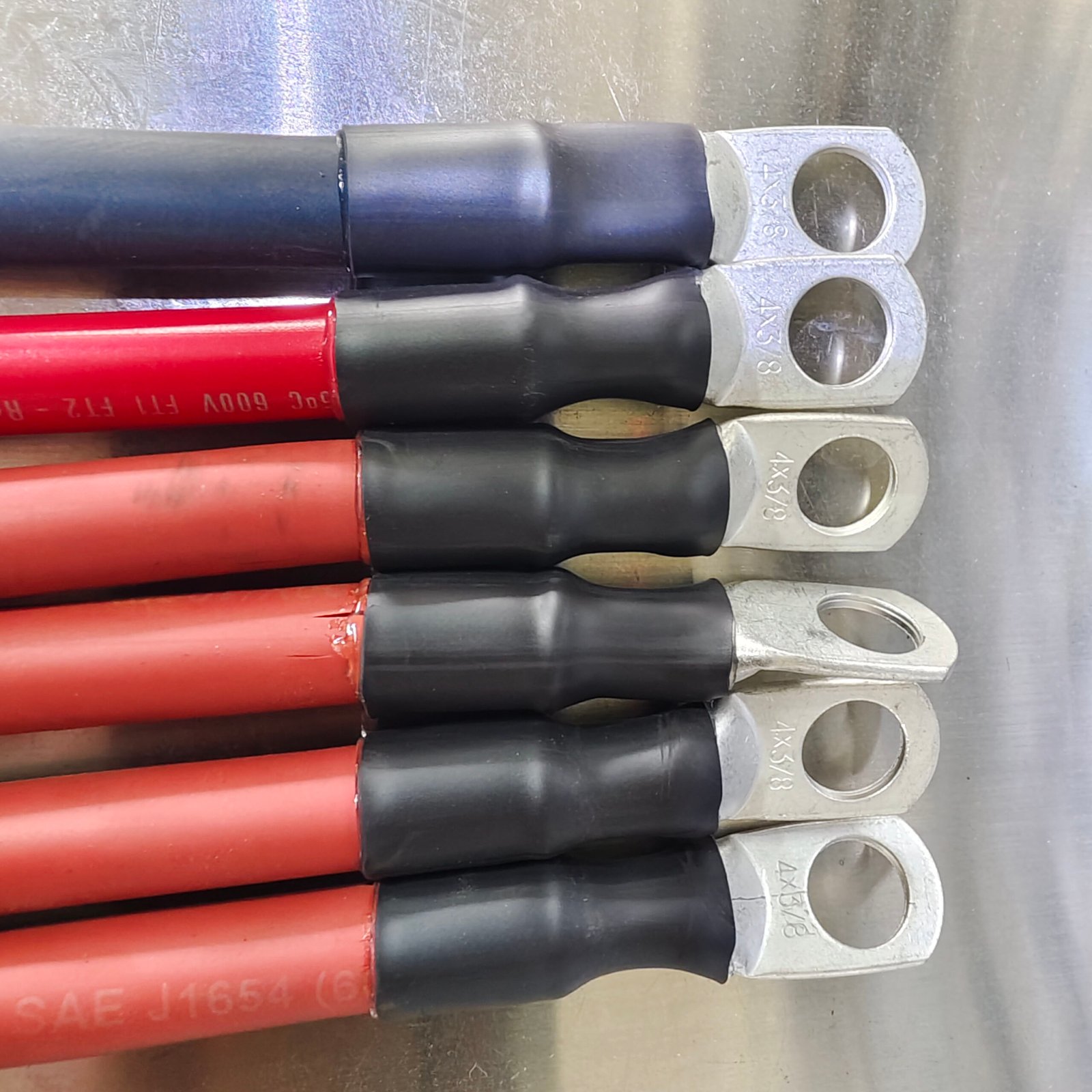
• The front of the vehicle
The front of the vehicle usually contains the sensors, such as the cameras, the radars, and the lidars, that capture the images and data of the road ahead, as well as the actuators, such as the steering wheel, the brakes, and the accelerator, that control the direction and speed of the vehicle. The wire harness for autopilot connects the sensors and the actuators to the computers, which are usually located in the trunk or under the seat, through the firewall or the floor.
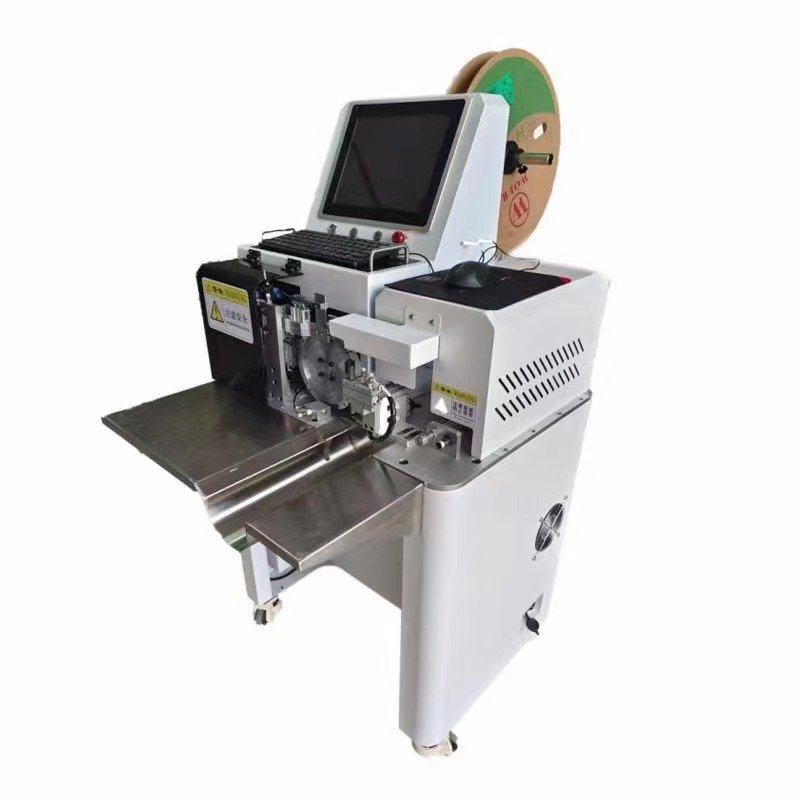
• The sides of the vehicle
The sides of the vehicle usually contain the sensors, such as the cameras, the radars, and the lidars, that capture the images and data of the surroundings, such as the lanes, the traffic, and the obstacles, as well as the actuators, such as the turn signals, the mirrors, and the windows, that indicate and adjust the position and status of the vehicle. The wire harness for autopilot connects the sensors and the actuators to the computers, which are usually located in the trunk or under the seat, through the pillars or the doors.

• The rear of the vehicle
The rear of the vehicle usually contains the sensors, such as the cameras, the radars, and the lidars, that capture the images and data of the road behind, as well as the actuators, such as the brakes, the lights, and the trunk, that control the stopping and signaling of the vehicle. The wire harness for autopilot connects the sensors and the actuators to the computers, which are usually located in the trunk or under the seat, through the roof or the floor.
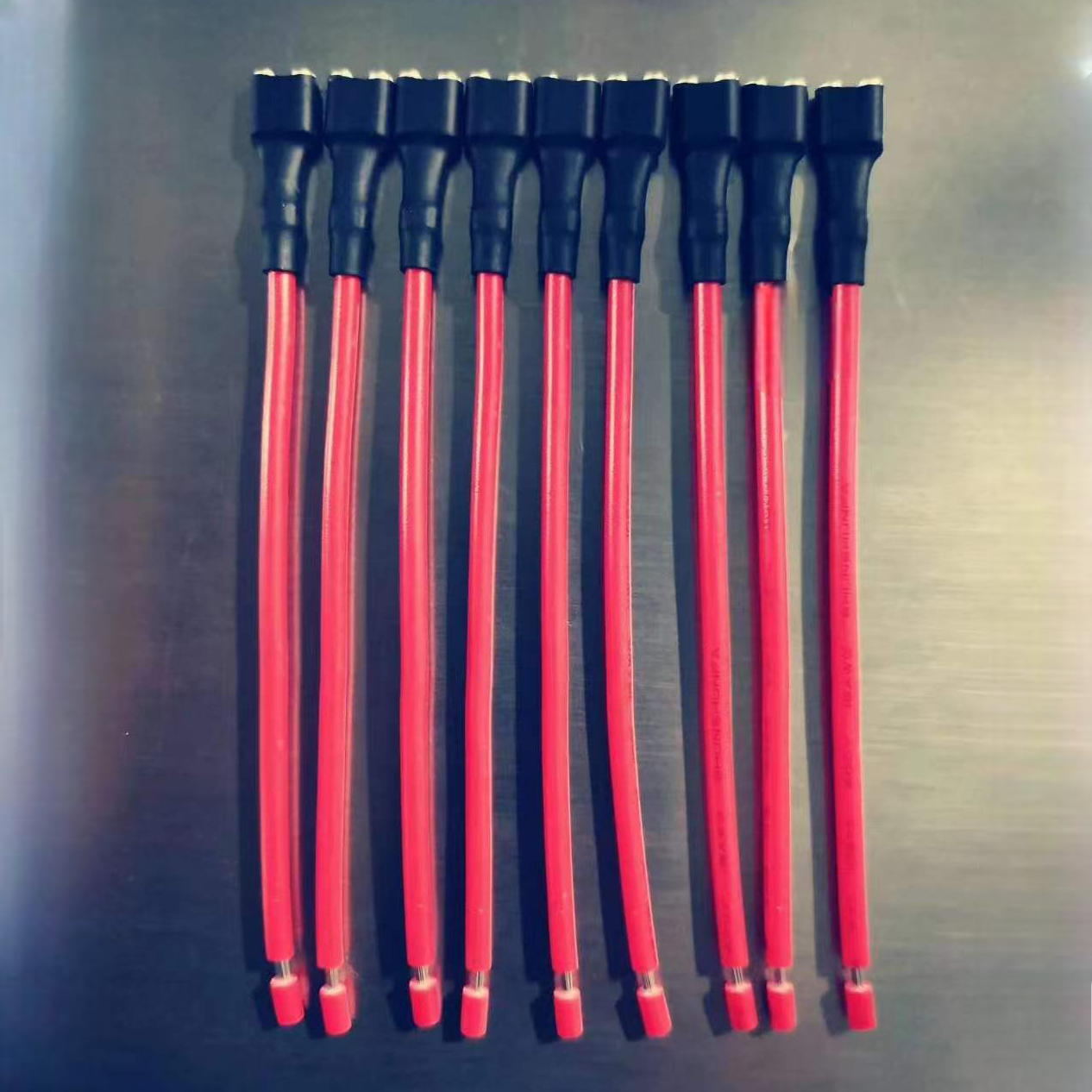
Crimping of autopilot wiring harness
Crimping of autopilot wiring harness is the process of attaching the wires of the autopilot wiring harness to the connectors or the terminals, using a tool called a crimper, that applies pressure and force to the wires and the connectors or the terminals, creating a secure and reliable electrical and mechanical connection. Crimping of autopilot wiring harness can be done manually or automatically, depending on the size and quantity of the wires.
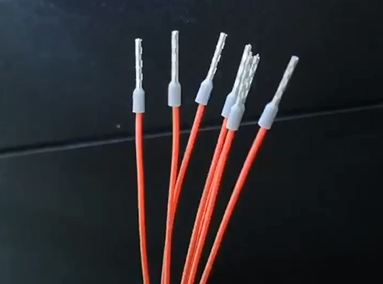
Manual crimping of autopilot wiring harness involves using a hand-held crimper to crimp the wires to the connectors or the terminals by hand. Manual crimping of autopilot wiring harness can be more flexible and customizable, but also more time-consuming and labor-intensive.
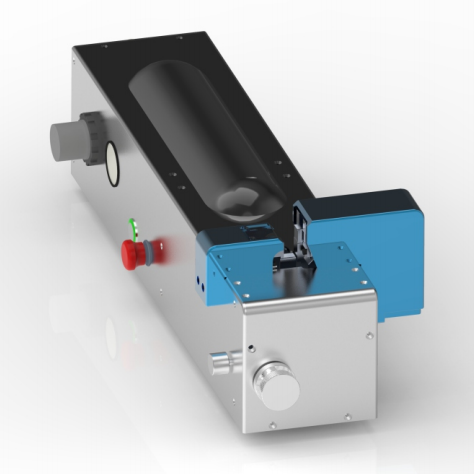
Automatic crimping of autopilot wiring harness involves using a machine, such as a crimping press, a crimping station, or a crimping system, to crimp the wires to the connectors or the terminals in a controlled and consistent manner. Automatic crimping of autopilot wiring harness can be more fast and efficient, but also more rigid and standardized.
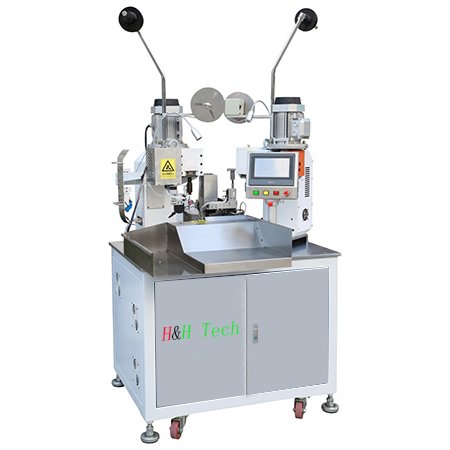
Conclusion
Wire harness for autopilot is a simple but effective way of wiring and connecting various devices and systems for autonomous driving, which is vital for the safety and performance of various applications, such as automotive, aerospace, medical, and industrial. Wire harness for autopilot can prevent electrical and mechanical problems, such as noise, distortion, or loss of signal, that can affect the quality and functionality of the devices and systems. Wire harness for autopilot can also improve the appearance and performance of the devices and systems, by reducing the size and weight, increasing the strength and durability, and ensuring the compatibility and compliance of the devices and systems.

